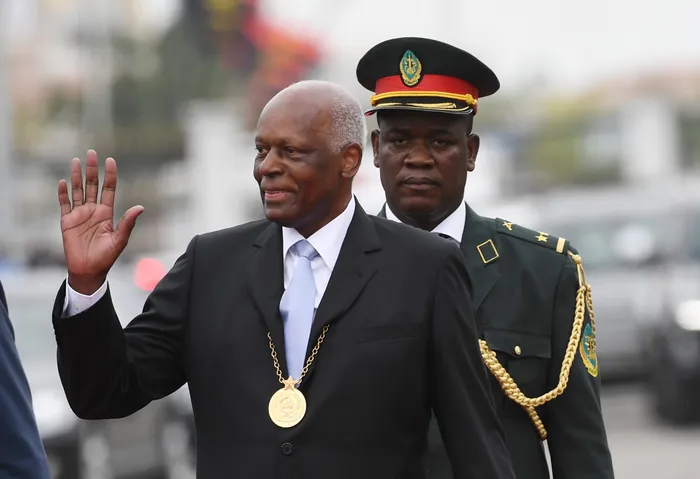Lessons from José Eduardo dos Santos’ legacy

File Picture: Chen Cheng/Xinhua - Former President Jose Eduardo dos Santos
By Chad Williams
Over the next few days, Angola will be in mourning following the death of former statesman José Eduardo dos Santos in Barcelona, Spain following a lengthy illness.
As the flags are flown at half-mast at public events, many will remember the man who ruled Africa’s second-largest oil producer for almost four decades - recalling his highlights as well as lowlights.
The government under incumbent João Lourenço has described Santos as a man of historical dimension, adding it bows down to him “with greatest respect and consideration.”
Dos Santos came to power in September 1979 after the death of António Agostinho da Silva Neto, Angola’s first President whose presidency equally spanned a long period of time - 57 years to be exact.
Born in Luanda in 1942, Dos Santos joined the MPLA (Movimento Popular de Libertação de Angola) in 1961 and worked under illegal conditions.
He resolved with a group of his friends to leave Angola to undergo training with the movement, which had been driven into exile after the Luanda Uprising of February 4, 1961 which saw him spend six years in the Soviet Union, where he graduated as a petroleum engineer.
He then underwent further military training and became, on returning to Angola, the head of the MPLA’s communications machinery, which coordinated links with all the movement’s battlefronts.
After independence, he became Angola’s first foreign minister, later becoming the first vice-premier and gaining experience in the day-to-day running of the government.
In December 1978, he became minister of planning in the government.
Scandals during presidency
While Dos Santos was eventually succeeded by Lourenço in September 2017, the MPLA leader and commander-in-chief of the Angolan Armed Forces (FAA) was a larger-than-life figure who was often mired in controversy which at one stage included the arrest of his son Jose Filomeno dos Santos for money laundering and corruption. He was later released in March 2019 but a court in Luanda then sentenced him to five years in prison for the $500 million corruption case.
While he was known within MPLA as “the architect of peace” his legacy was increasingly tarnished by allegations of rampant corruption and nepotism, particularly after fighting ended in the south-west African country in 2002, Reuters states in an obituary.
Seemingly a man who sought to be hands-on and exert his influence, Do Santos hand-picked Lourenço as his successor. But he on him, going on an anti-corruption campaign that would land Jose Filomeno in jail and see assets linked to his daughter Isobel Dos Santos frozen.
Man behind the presidential title
Equally, his personal life was seemingly eventful.
The former leader was reportedly married three times and has six children.
On the health front, Dos Santos's health deteriorated, particularly following reports of a cardiorespiratory arrest in 2017 and undergoing cancer treatment for several years prior before he passed on.
Recognised persona
But there have been some highlights for Dos Santos who received several accolades including the Military Order of Saint James of the Sword in 1996, Portugal, and the Grand Ribbon of the Order of the Republic of Serbia in 2016.
Russia also donned him with an Order of Friendship in 2006 while South Africa recognised him with an Order of the Companions of O. R. Tambo in April 2010.
Over the next few days, Dos Santos's legacy will no doubt be under scrutiny.
It will be interesting to really observe how the people who lived under a Dos Santos regime will remember him - as a hero, a friend or a foe.
Williams is a multimedia journalist at African News Agency (ANA). He reports on current affairs in Africa.